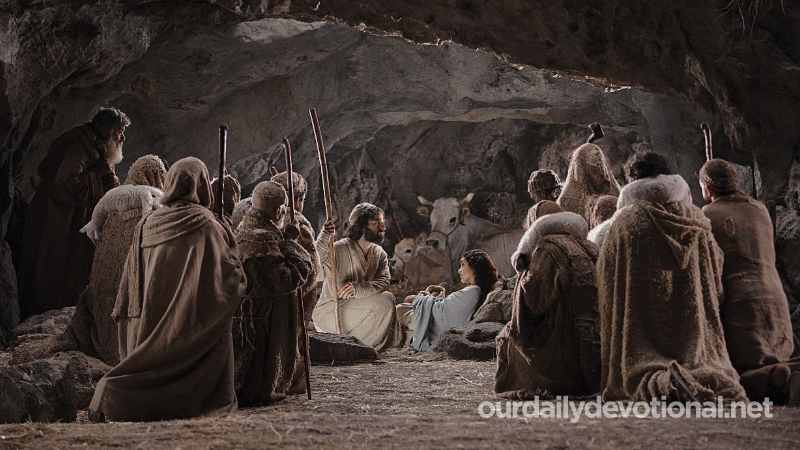"Hear this, all you people, listen, all the inhabitants of the world" (Ps. 49:1). The gospel will be preached “in all the world…to all nations” (Matt. 24:14). It has generally been assumed that the knowledge of the world in ancient times was very limited (Gen. 10).
This seems to be true regarding the knowledge that the general population had of their world, but there is evidence that there were circles that preserved and commercially exploited a much greater knowledge than that had by the common people, and even by the merchants themselves. (cf. Hapgood, "Maps of the Ancient Sea Kings").
The land commonly known in the time of the patriarchs and Moses seemed to extend from the Persian Gulf to Libya, and from the Caspian Sea to Upper Egypt. It is possible that the lands of Italy and even Spain (Tarshish) were known.
It also reaches southern Arabia, although it has been argued that in reality Solomon's fleets reached India on the one hand, and the Canary Islands on the other. Thus, the framework and axis of the history of the ancient world was in the Middle East.
In the course of the development of OT history the boundaries of this "world" did not change much, despite the slight enlargement of the geographical horizon. Before the end of this era, Media and Persia rose to nations of first importance.
The Indus became the limit of the known land (Est. 1:1). The existence of Sinim was known (Is. 49:12). To the west, and under the reign of Pharaoh Necao, there were navigators who circumnavigated Africa, without realizing the importance of their expedition, which lasted two years. What seemed very strange to them was seeing the sun rising on their right (Herodotus 4:42).
In Italy and North Africa the population was increasing and the organization of society was slowly developing. The merchants were the ones who gave news about the various towns. Already towards the end of the OT period Greece, resisting the Persians, emerged into the light of history.
Alexander the Great contributed greatly to increasing the geographical knowledge of his contemporaries. To the east, his armies crossed the Oxus River (in our times the Amu Darya), reaching Afghanistan and southern northern India. The Romans followed in his footsteps.
In the time of Christ, the known world extended from the British Isles and Spain to Iran and the Indus; from the Canary Islands and the Sahara to the forests of Germany and the Russian steppes and Siberia. It was known that beyond these limits there were inhabited regions, but there was not much interest due to the lack of means of communication.
When Caesar Augustus ordered a census “of the whole world,” he meant by this the entire Roman empire (Lk. 2:1). However, despite human ignorance, the Bible has never failed to consider the entire earth.
God has given it entirely, as a gift, to humanity (Gen. 1:28); It secures to the Messiah “the ends of the earth” (Ps. 2:8), in the same way that it promises the believer “the inheritance of the world” (Rom. 4:13). In the same way, Christ's disciples are called to go "into all the world and preach the gospel to every creature" (Mark 16:15).
Meaning of INHABITED LAND
"Hear this, all you people, listen, all the inhabitants of the world" (Ps. 49:1). The gospel will be preached “in all the world…to all nations” (Matt. 24:14). It has generally been assumed that the knowledge of the world in ancient times was very limited (Gen. 10).







